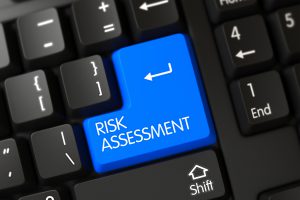
8 steps to start implementing TCFD Recommendations
Climate change is one of the most pressing issues of our day. The effects are already being felt in several parts of the world and
Helping you manage risk Better
The latest thought leadership from IRIS Intelligence and the rest of the risk management community.

Climate change is one of the most pressing issues of our day. The effects are already being felt in several parts of the world and

One of the most significant risks that organizations face today relates to climate. Risks exist not only because of climate change’s physical effects, but also

Attitude affects Action; Belief shapes Behaviour; Culture influences Conduct We all know that how we think determines what we do. This is particularly true

Senior managers and executives usually know that they are responsible for overseeing the company’s approach to managing risk. This involves the Board considering risk oversight

The idea of “risk-based decision-making” is becoming increasingly popular, and decision-makers at all levels are keen to ensure that their decisions take risk properly into

There’s no doubt that we’re living in the age of Big Data. The numbers tell the story: 2.5 quintillion bytes of data are created each

VUCA is well known as a framework for identifying threats and opportunities. The aspects of Volatility, Uncertainty, Complexity and Ambiguity also characterize the enterprise environment

In addition to being able to flex their facilitation style to meet the varying challenges of the risk workshop and different risk identification techniques, the

Too many organisations use a risk process without understanding the principles that underlie effective risk management. But what are those principles? One place we might

Risk management is about looking forwards, scanning the uncertain and unclear future in an attempt to discern what awaits us. It offers businesses, projects and

Five frogs are sitting on a log; Four decide to jump off : How many frogs are on the log? Which is the most difficult

Several things help to make risk management work. These include a risk process that is simple and scalable, which can be applied across the organisation
We’re here to discuss your risk management needs, schedule a free demo or talk to us about anything else.
We’re here to discuss your risk management needs, schedule a free demo or talk to us about anything else.